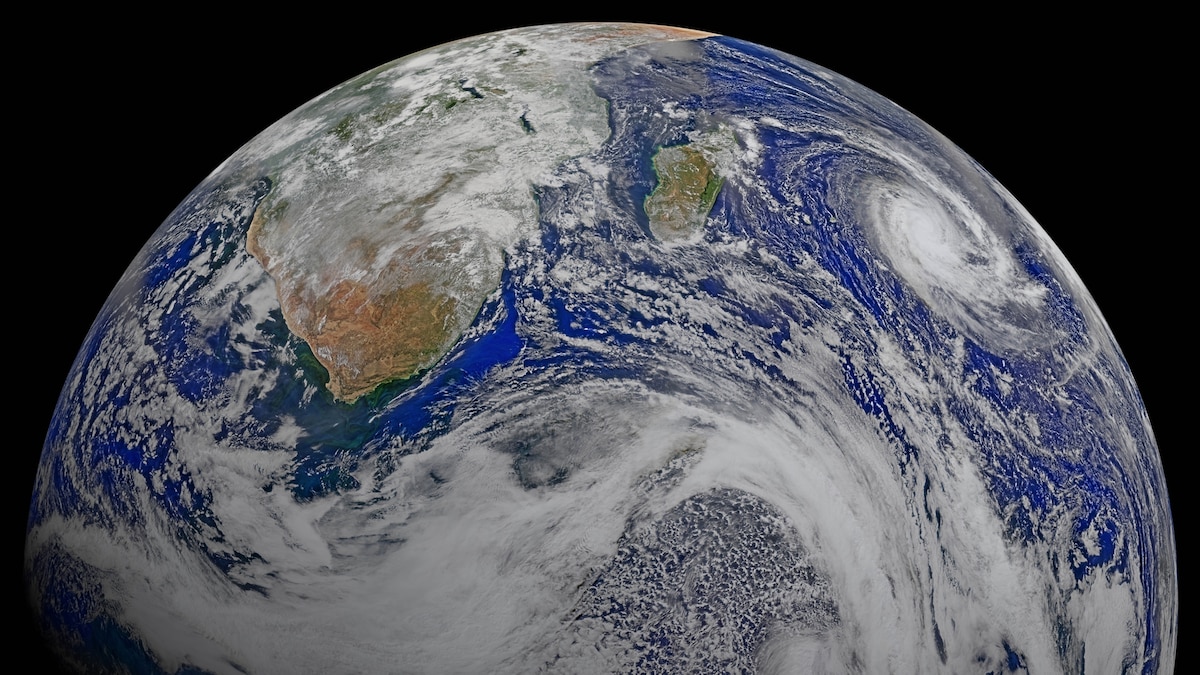According to an international team of researchers from 17 countries.
The results published last week in nature geoscience are based on observational evidence of three warm periods over the past 3.5 million years, when the world was 0.5°C to 2°C warmer than pre-industrial temperatures in the 19th century.
The research has also revealed how large areas of the polar ice caps could collapse and major changes in ecosystems could see the Sahara desert turn green and the edges of rainforests turn into fire-dominated savannah. “Observations from past warming periods suggest that a number of amplification mechanisms, which are poorly represented in climate models, increase long-term warming beyond climate model projections,” the author said. principal, Professor Hubertus Fischer of the University of Bern.
“This suggests that the carbon budget to avoid 2°C global warming could be well below estimates, leaving very little room for error in meeting the Paris targets.”
To get their results, the researchers looked at three of the best-documented warm periods, the Holocene Thermal Maximum (5,000-9,000 years ago), the Last Interglacial (129,000-116,000 years ago) and the Mid-Pliocene Warm Period (3.3-3 million years ago).
The warming of the first two periods was caused by predictable changes in Earth’s orbit, while the mid-Pliocene event was the result of atmospheric carbon dioxide concentrations that were 350 to 450 ppm – about the same as today.
By combining a wide range of measurements from ice cores, sediment layers, fossil records, dating using atomic isotopes and a host of other established paleoclimate methods, researchers have reconstructed the impact of these climate changes.
Combined, these periods provide strong evidence for how a warmer Earth would look once the climate stabilized. In contrast, today our planet is warming much faster than any of those times, as man-made carbon dioxide emissions continue to grow. Even if our emissions stopped today, it would take centuries, even millennia, to break even.
The changes on Earth from these past conditions have been profound – there have been significant retreats of the Antarctic and Greenland ice sheets and as a result sea levels have risen by at least six metres; ranges of marine plankton have shifted, reorganizing entire marine ecosystems; the Sahara has become greener and forest species have moved 200 km towards the poles, as has the tundra; high-altitude species declined, temperate rainforests were reduced, and in Mediterranean regions fire-maintained vegetation dominated.
“Even with just 2°C of warming – and potentially only 1.5°C – the significant impacts on the Earth system are profound,” said co-author Professor Alan Mix of Oregon State University.
“We can expect sea level rise to become unstoppable for millennia, affecting much of the world’s population, infrastructure and economic activity.”
Yet these large observed changes are generally underestimated in climate model projections that focus on the short term. Compared to these past observations, climate models appear to underestimate long-term warming and heat amplification in the polar regions.
“Climate models seem to be trustworthy for small changes, such as scenarios of low emissions over short periods, say over the next few decades to 2100. But as the change becomes larger or more persistent, either due to higher emissions, for example a business as usual scenario, or because we are interested in the long-term response of a low emissions scenario, it seems that they are underestimating climate change”, said co-author Professor Katrin Meissner, director of the University of New South Wales Climate Change Research Centre.
“This research is a powerful call to action. It tells us that unless today’s leaders urgently address our emissions, global warming will cause profound changes to our planet and our way of life, not just for this century, but far beyond.”




